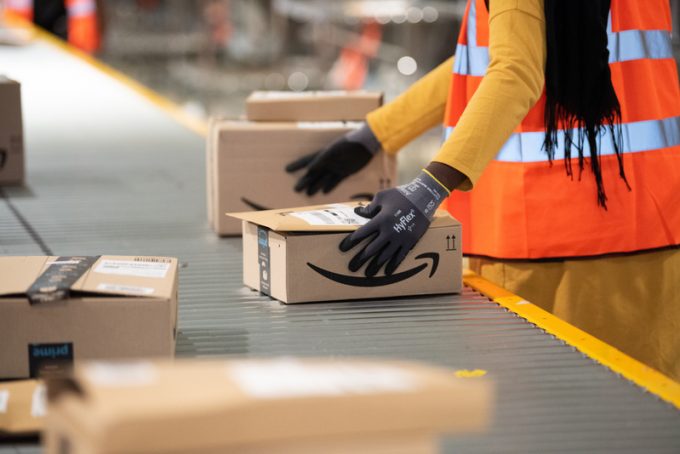Truckers face a serious threat as large shippers develop networks
Amazon and Walmart are poised to disrupt the trucking industry, and more large shippers may ...

With the rapid proliferation of its fulfilment centres, Amazon is being blamed for the dearth of available warehousing capacity in the US market.
The online retailer has also sparked concern about available lift as it acquires more freighters and signs up capacity from all-cargo operators.
And the latest move in its relentless expansion is to embark on a hiring spree to recruit 75,000 logistics and fulfilment workers in North America.
Amazon will pay recruits an average starting wage of $17 per hour – ...
Asia-USEC shippers to lose 42% capacity in a surge of blanked sailings
USTR fees will lead to 'complete destabilisation' of container shipping alliances
New USTR port fees threaten shipping and global supply chains, says Cosco
Outlook for container shipping 'more uncertain now than at the onset of Covid'
Transpac container service closures mount
DHL Express suspends non-de minimis B2C parcels to US consumers
Zim ordered to pay Samsung $3.7m for 'wrongful' D&D charges
Flexport lawsuit an 'undifferentiated mass of gibberish', claims Freightmate


Comment on this article